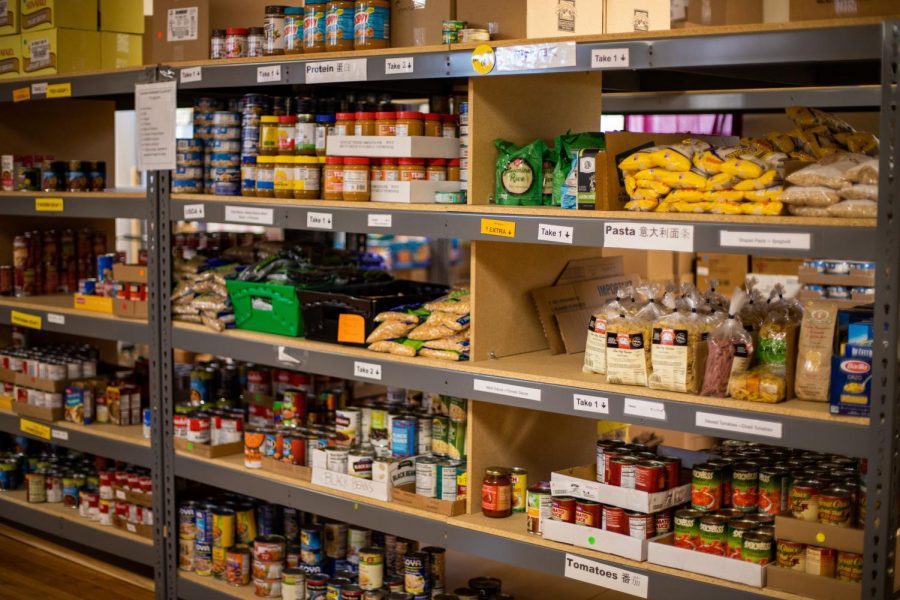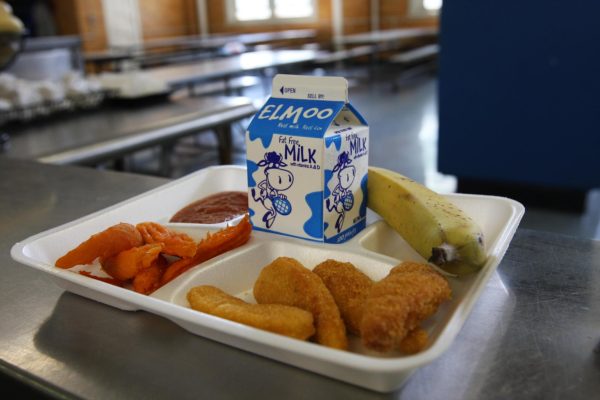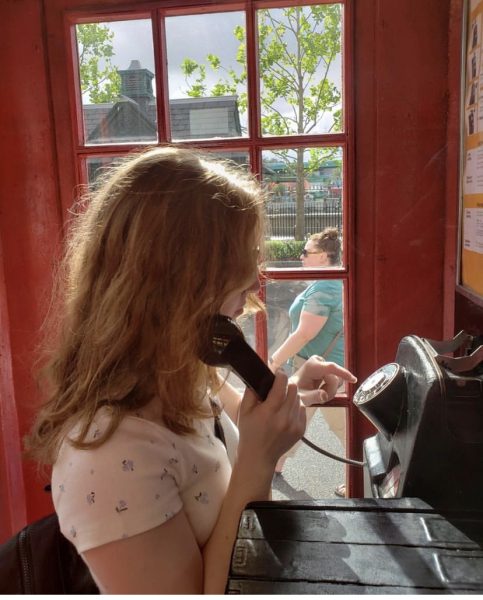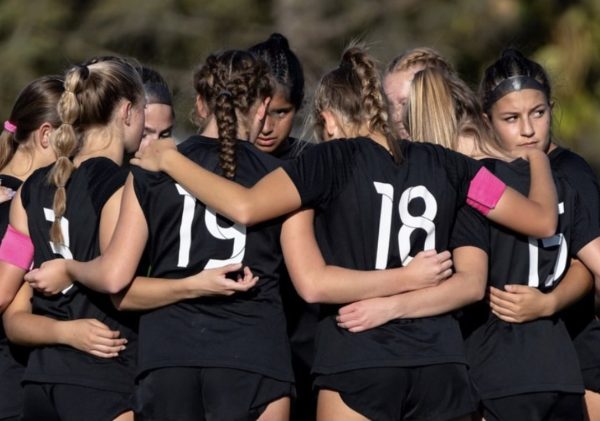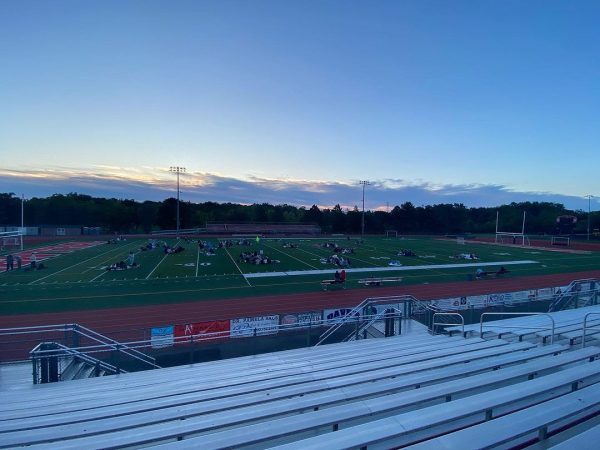Food Insecurity: The Facts and How Students Can Help
Food Insecurity: The Facts and How Students Can Help
November 30, 2021
Thanksgiving is a holiday full of food, family, and friends. With the changing leaves, pumpkin spice, and red flannels back in style, it’s a cozy time of year; however when you look behind the scenes of this seemingly perfect holiday, there is a crisis, one where a child dies every ten seconds, one where 795 million people in the world are undernourished, one where Americans strive to survive on less than $1.50 per day, starving until their painful demise. The culprit is called Food Insecurity.
Food pantries and soup kitchens were established to help people in transitory or emergencies rather than address structural issues. Many of them are only open for a few days a week and a few hours each day. They are organized mainly by volunteers and operate out of basements or closets at local houses of worship, distributing food that members of the community have donated.
Food insecurity is not just a rare occurrence in regions of poverty, but occurs anywhere and everywhere. It is a national worry. Take Hunterdon County. In a county of 126,000 residents, 5,000 do not make ends meet to put food on the table; ultimately earning an income below the poverty line. Nevertheless, the Flemington Food Pantry supplies supplemental groceries to over 1,600 low-income families. With community food and financial donations, the Flemington Food Pantry remains sustainable through its nonprofit actions. More than 80% of the Pantry’s income comes from these donation efforts and groceries. “Food insecurity is more prevalent than you may think in Hunterdon County,” says Jeannine Gorman, executive director at the Flemington Food Pantry. “Rising food expenses, supply chain issues, and reduction in job hours all impact families and their ability to pay for rent, medical expenses, and food. This particularly hurts our senior citizens who have fixed incomes.”
Since March 16, 2019, the Pantry has exclusively offered a drive-through service, where families are welcomed by the volunteer order takers in their cars. They have also planned 1,772 home deliveries for seniors and other community members who were confined, unable to leave their homes, or did not have access to transportation. In reference to the pandemic, Gorman states, “The supply chain disturbances have really complicated our ability to obtain protein items (like meats and chicken) and produce. We have to expect higher prices and longer wait times. For the first time, whole turkeys are not available this Thanksgiving.”
How can Central Students help fight this crisis?
The Pantry accepts all pantry staples and personal products from community members, organizations, and company food drives. Every day, volunteers go to all local stores to obtain bread, desserts, and other items, and suggested donations can be found on their website. The Pantry appreciates fresh produce from farmers and home gardens. Gordon also addressed another way to lend a hand, “We have a number of students who volunteer and help with the food pantry either by working shifts in the afternoon, weekends or nights or delivering food. Students can also help by organizing food drives.”
The U.N. estimates that it would cost $30 billion a year to end world hunger. While the crisis is global, the action to end it can start locally. The issue of poverty extends to not just charity but the roots of justice. Small changes can have a significant impact during this holiday season.
